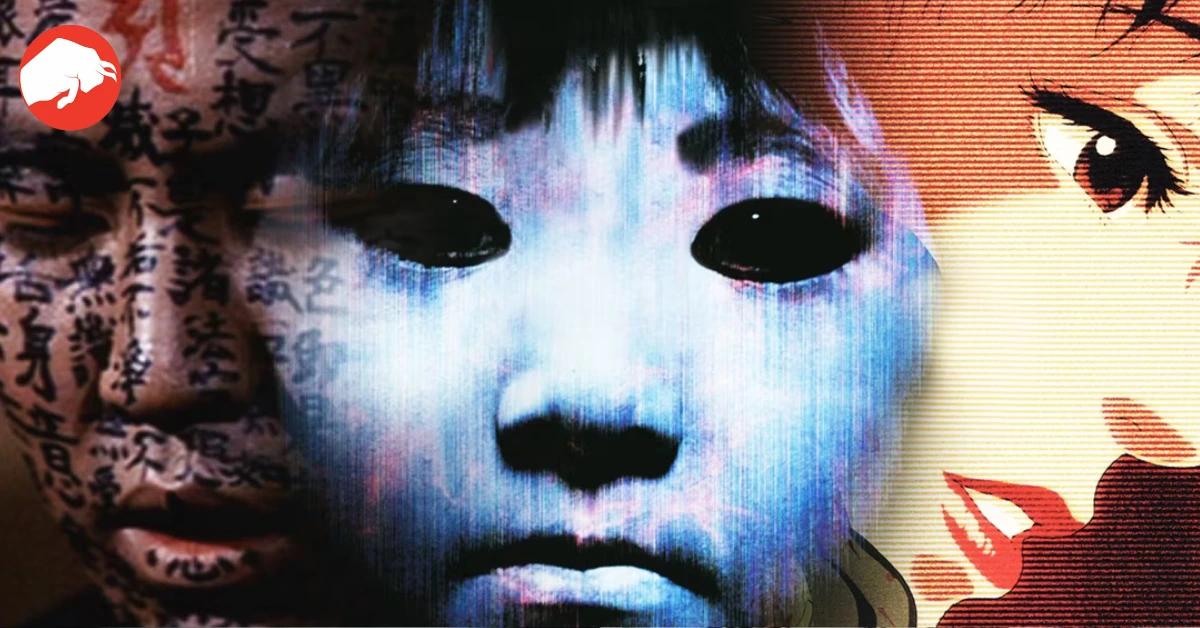The Unsettling Allure of Japanese J-Horror: A Journey Through Nightmares
The horror genre, with its tantalizing ability to confront the most deeply-seated fears, has had its fair share of international contributions. However, few have been as impactful and transformative as the J-horror, or Japanese horror. From the magnetic terror of unseen spirits to the creeping dread of everyday events turned sinister, J-horror crafts tales that don’t merely scare, but deeply unsettle.
From Obscurity to Global Phenomenon
The 90s and the early 2000s witnessed the golden age of Japanese horror. Titles such as “Ringu” and “Ju-on” brought J-horror to global attention. But delve deeper into the archives and you’ll find classics like “Tetsuo: The Iron Man” and “Kwaidan” that have left an indelible mark on the genre since the mid-20th century. And while it may not hold the same massive prominence today, J-horror’s influence on contemporary horror cannot be understated.
Decoding the J-horror Essence
- Audition (1999): Underneath its romantic comedy exterior lies a heart of true horror. The transition from an innocent storyline about a widower’s fake audition for a wife to the slow revelation of Asami’s haunting past makes this one a genuine standout in J-horror.
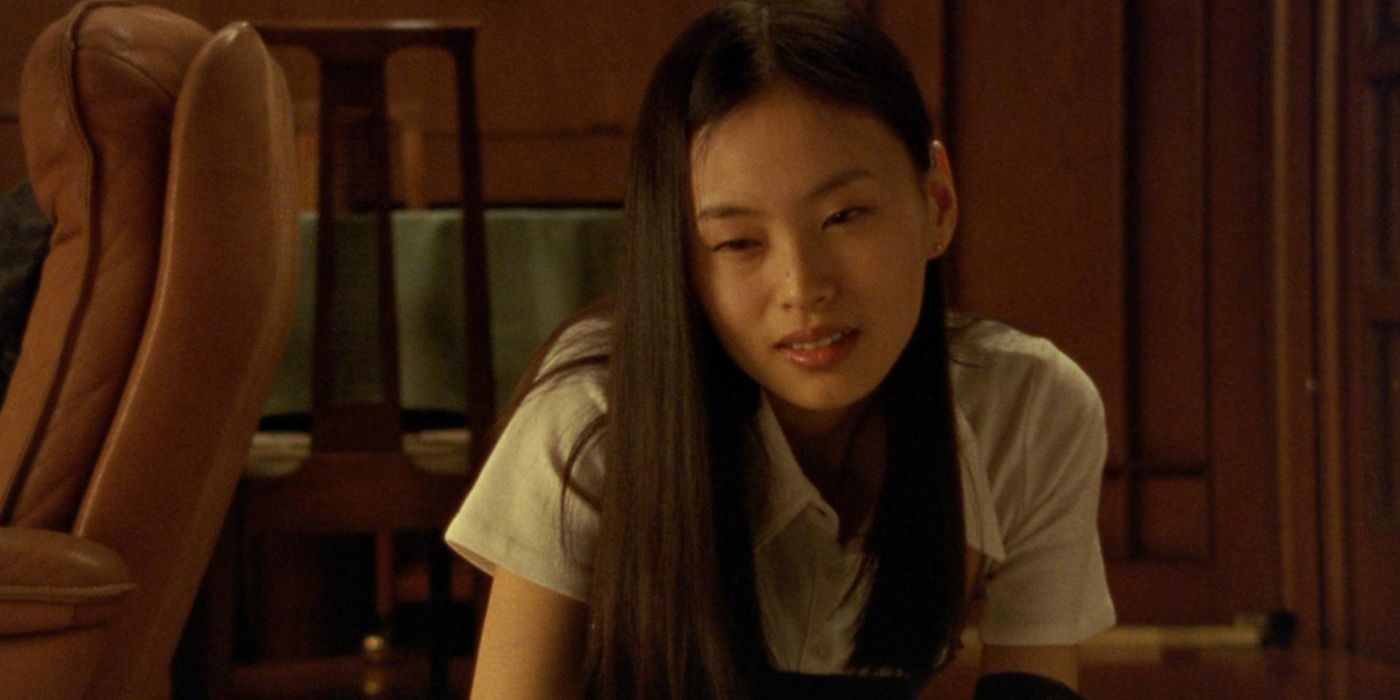
- Ju-on: The Grudge (2002): The vengeful spirits of Kayako and her son Toshio define the dark results of toxic masculinity. Their curse, spreading like wildfire, became an iconic storyline, fueling the franchise’s expansion.
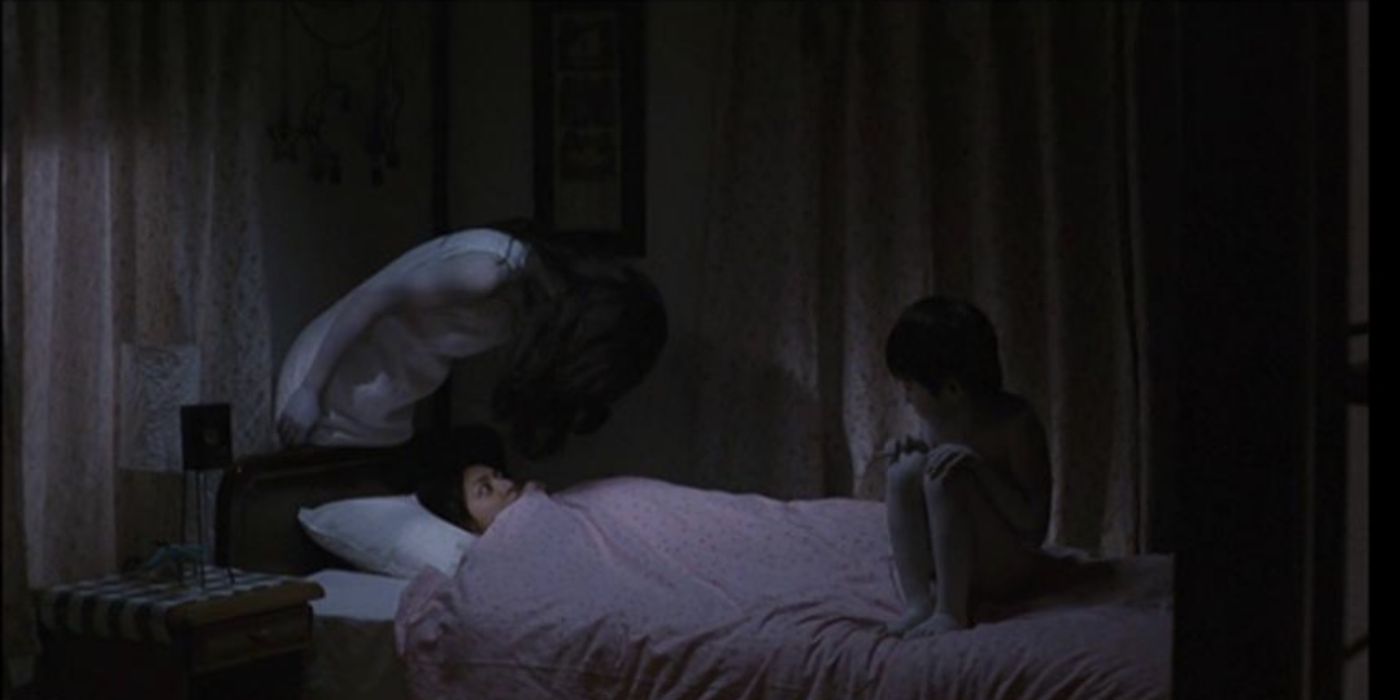
- Gozu (2003): From the mind behind “Audition,” this tale dives deep into surrealism, mixing the mafia underworld with nightmarish visions and characters like the cow-headed Gozu.
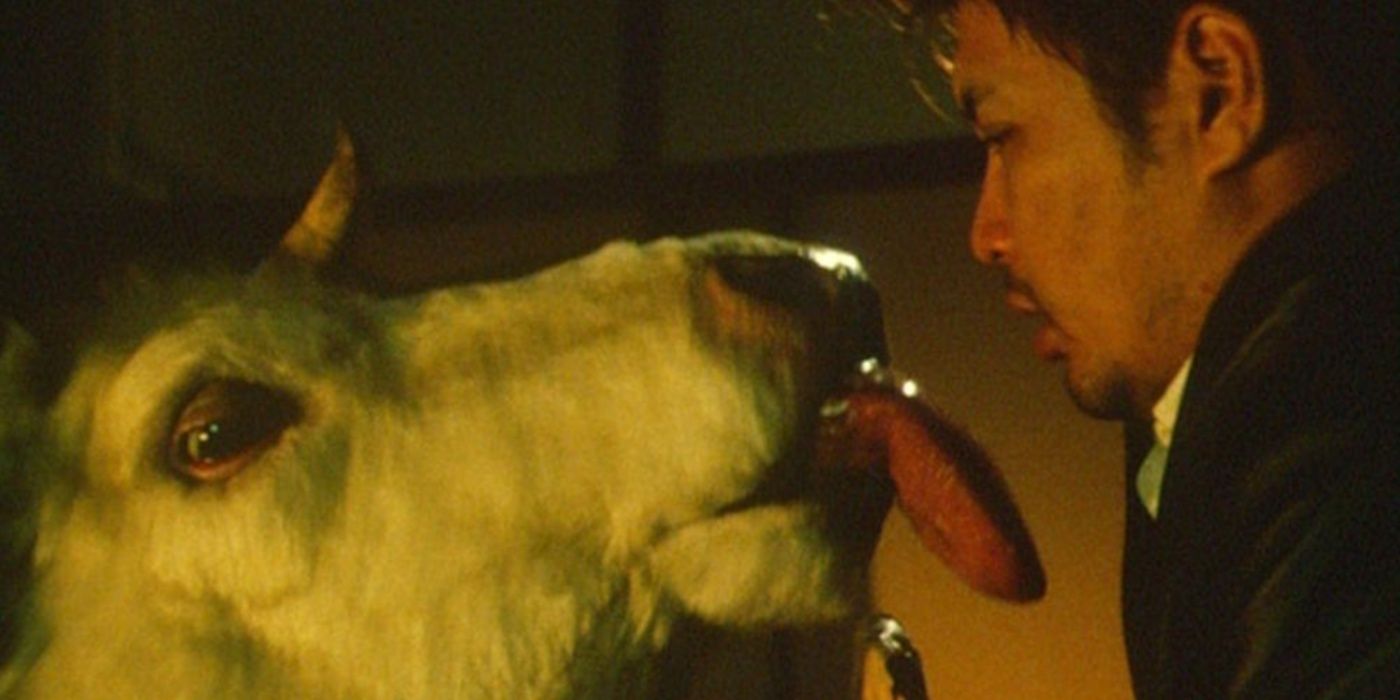
- The Ghost of Yotsuya (1959): Based on the celebrated kabuki play, this ghost story brings together elements of body horror, creating a foundational piece in the J-horror tapestry.
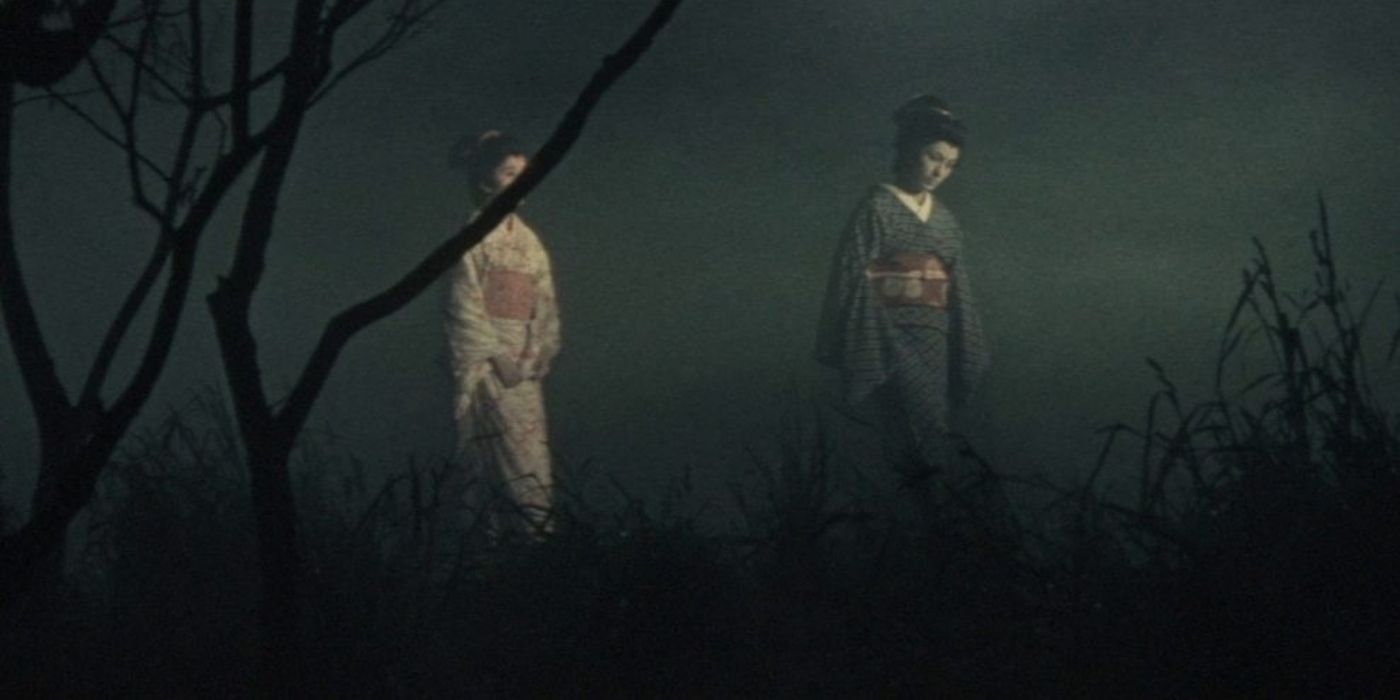
- Horrors of Malformed Men (1969): A dance between body horror and art, this film uses the contemporary butoh dance as a backdrop for its twisted narrative, evoking imagery from Hiroshima and Nagasaki.
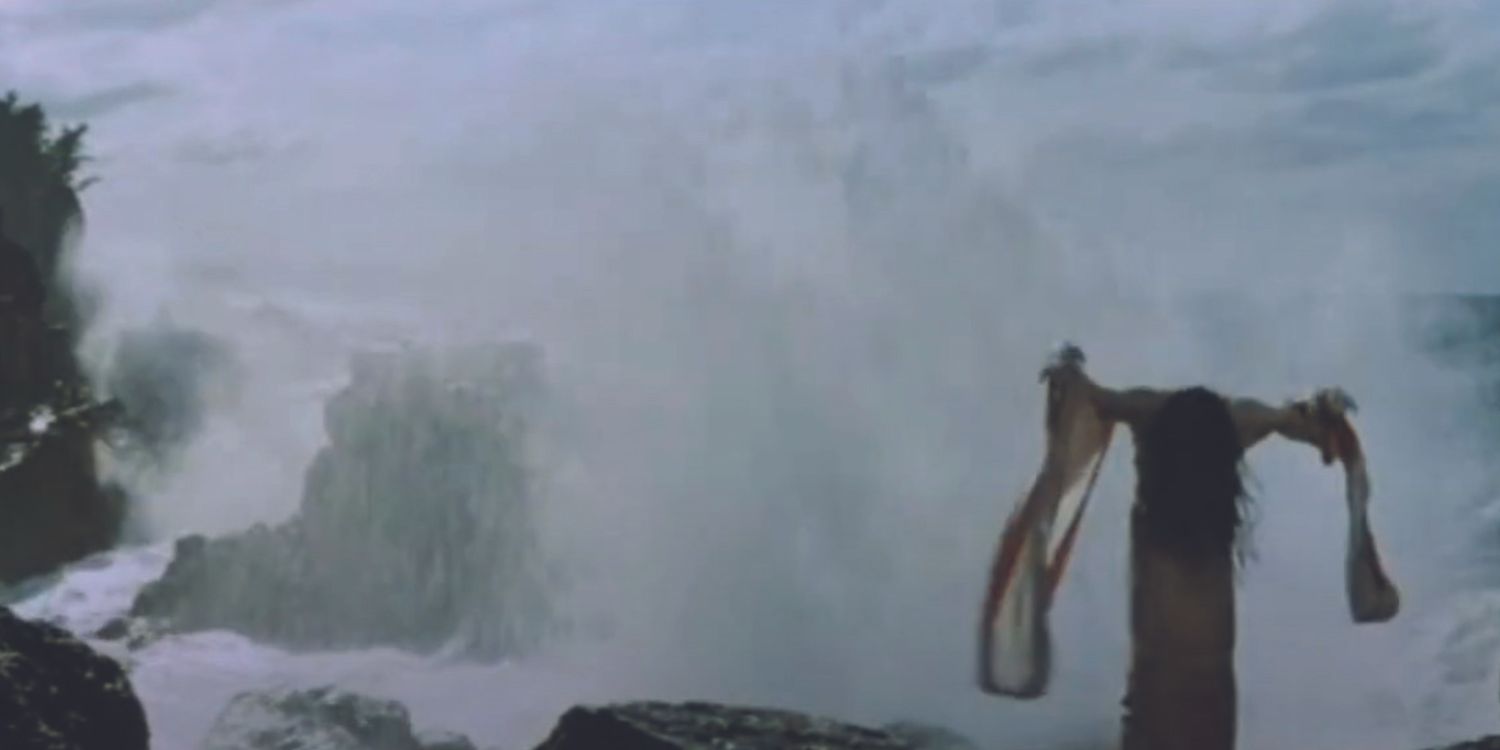
- Kwaidan (1964): This anthology, adapted from Lafcadio Hearn’s stories, is a mosaic of haunting tales, solidifying its place in J-horror lore.
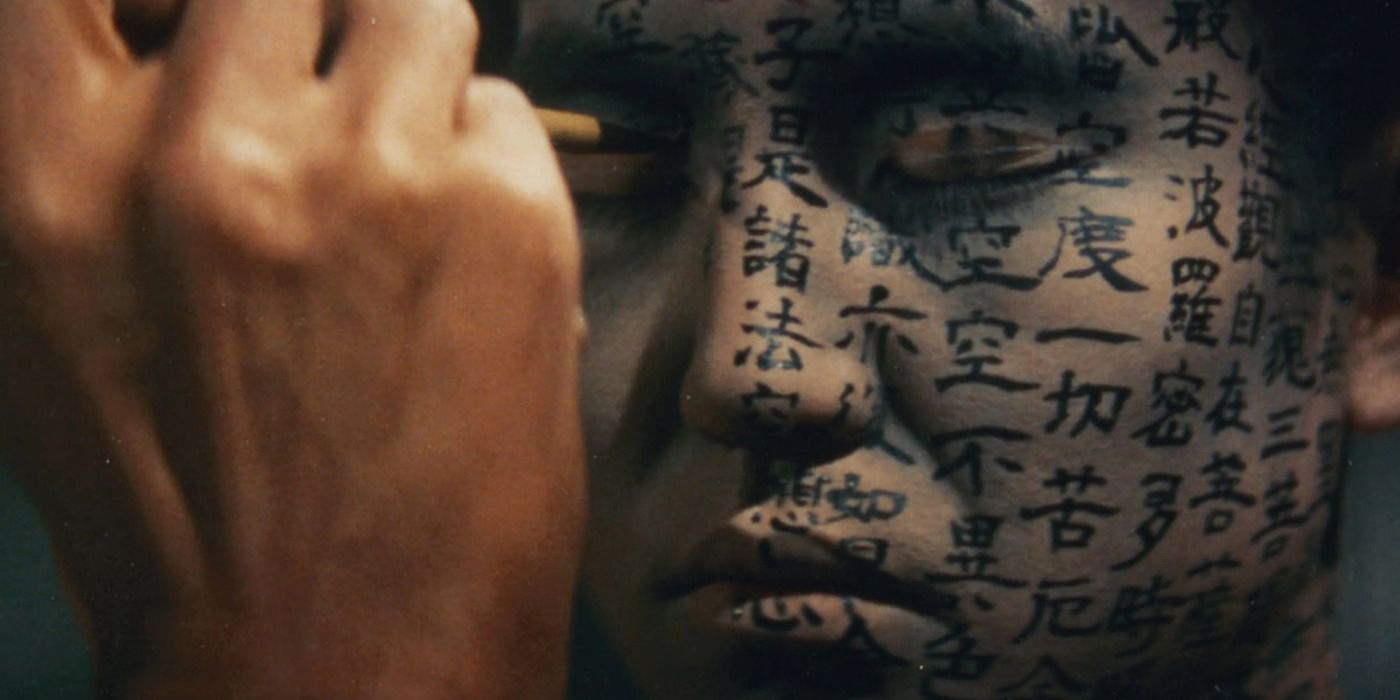
- Ringu (1998): The film that redefined the boundaries of horror, combining everyday electronics with the ancient terror of vengeful spirits.
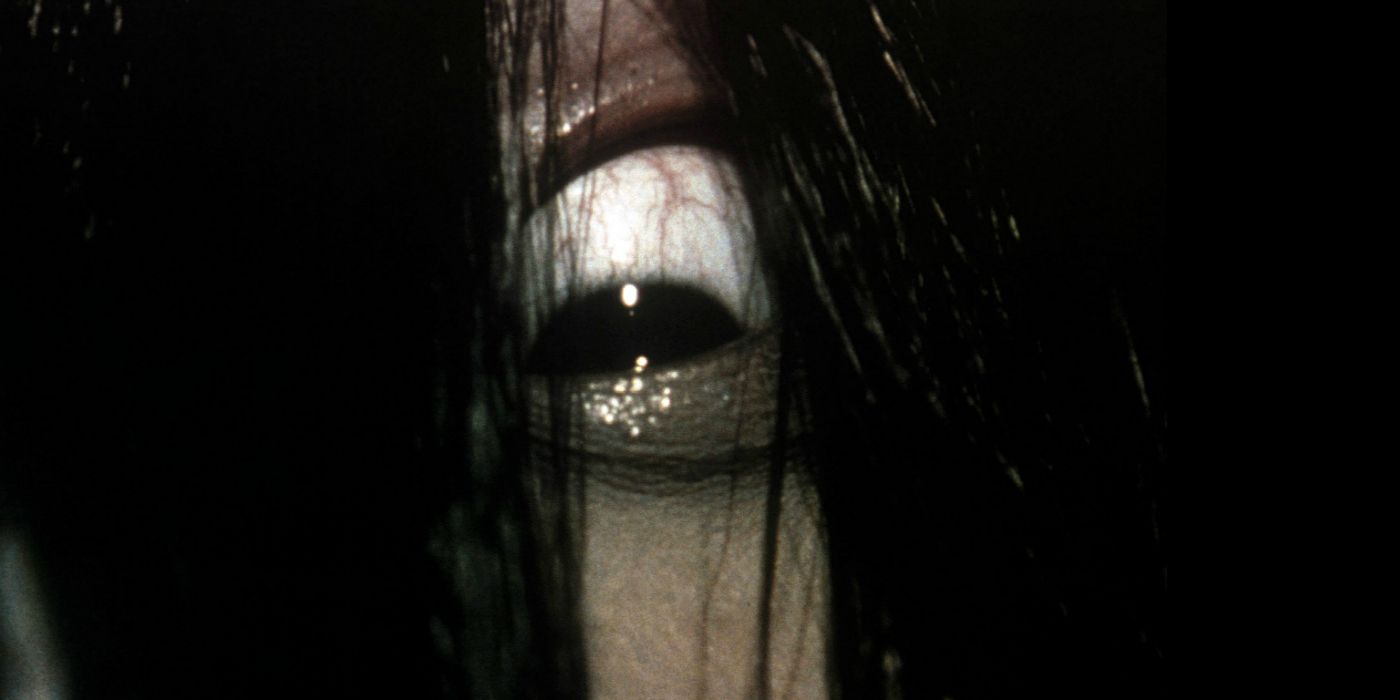
- Jigoku (1960): Not just about the fears of the living, “Jigoku” offers a chilling perspective of the afterlife, visualizing the Buddhist hell.
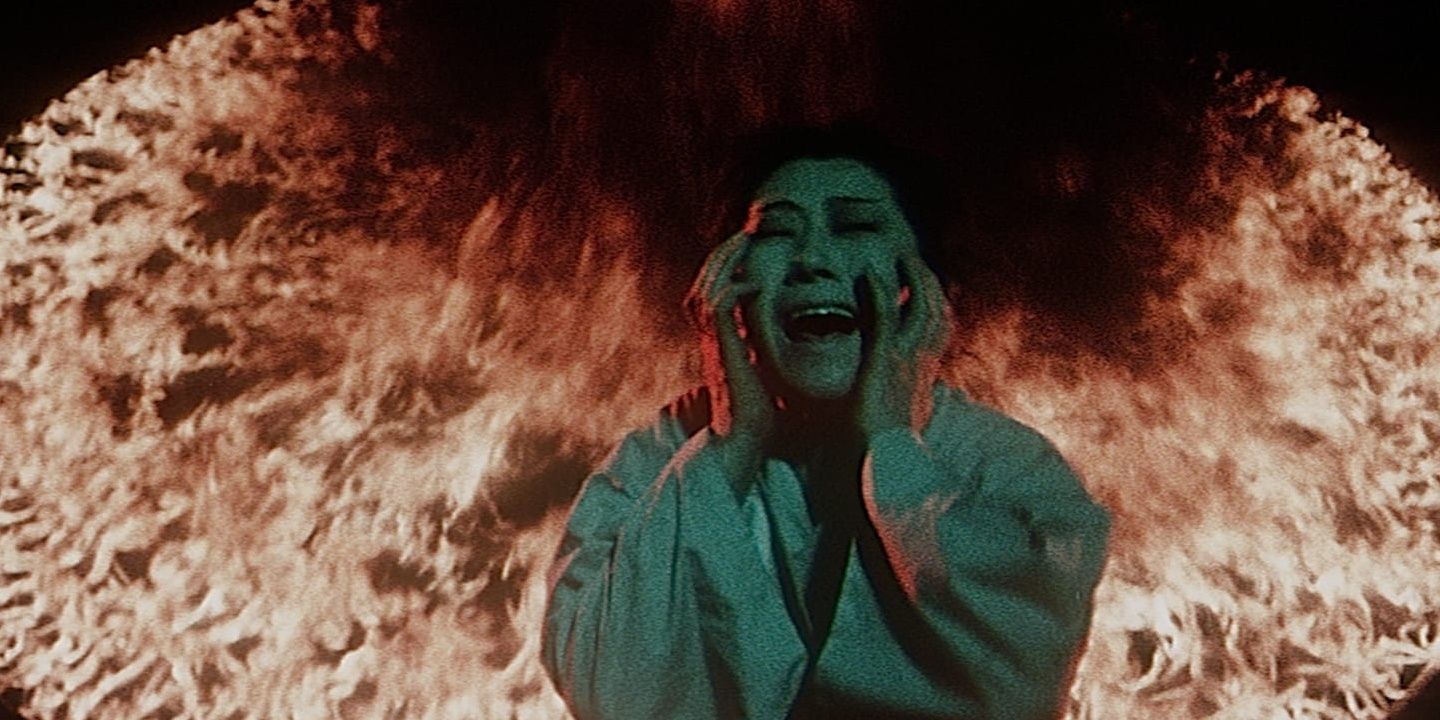
- Dark Water (2002): Beyond the spectral tales lies a heartbreaking family drama, making its horrors all the more tangible.
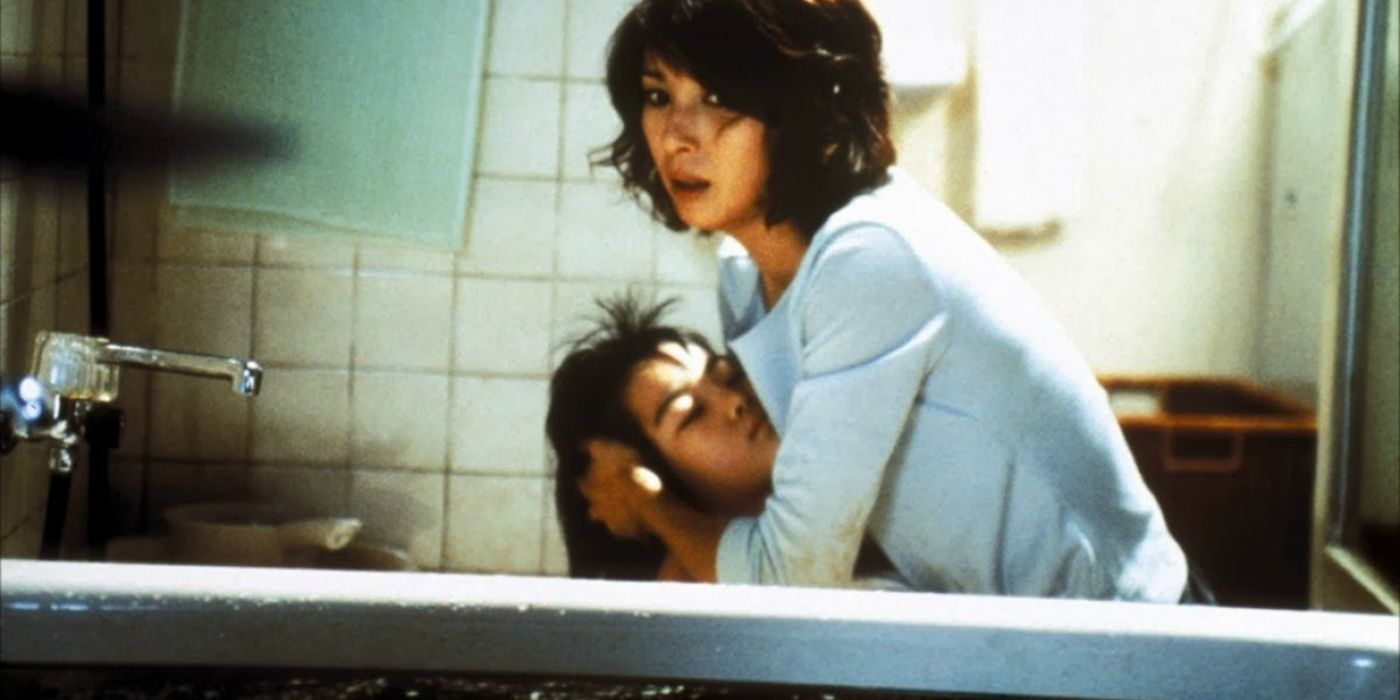
- Tetsuo: The Iron Man (1989): A fusion of metal and man, this film serves as a disorienting exploration of the body and mind, presenting the horror genre in an entirely new light.
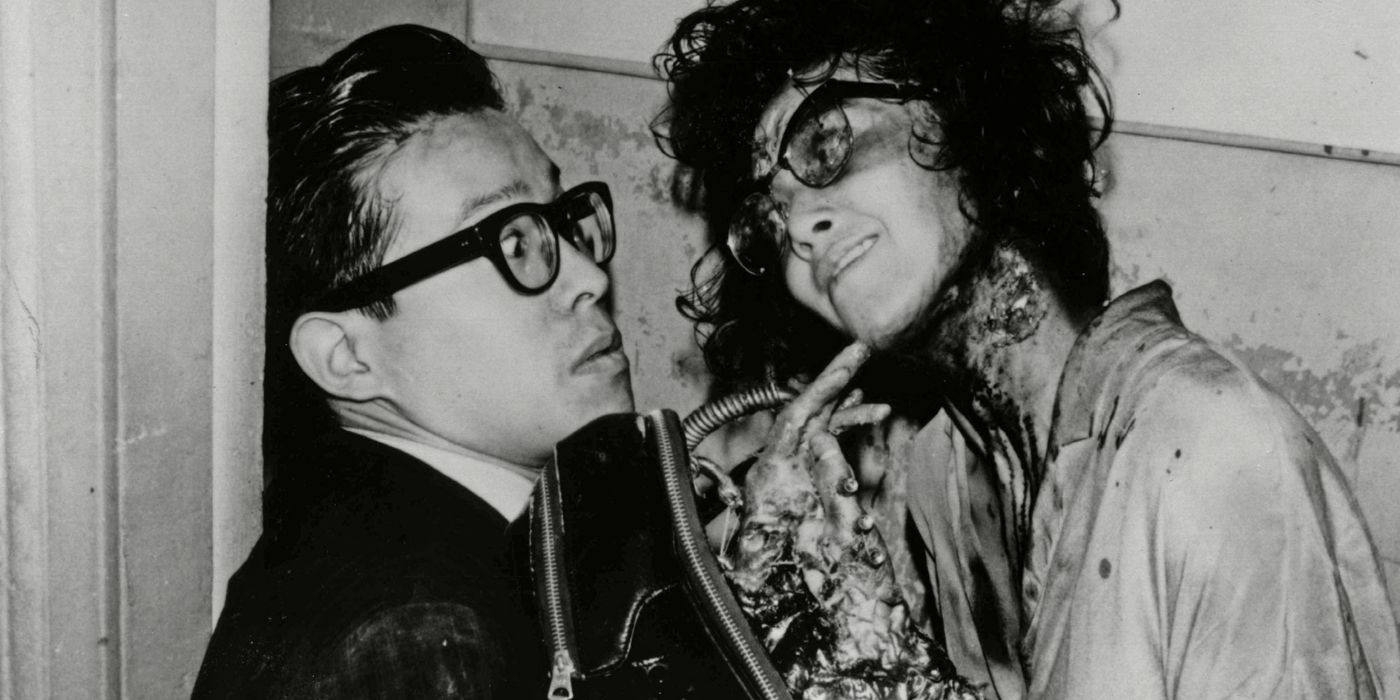
Conclusion
J-horror, with its unique blend of traditional folklore and contemporary fears, continues to captivate and terrify audiences. Whether you’re new to its allure or a longtime aficionado, one thing remains certain: Japanese horror has carved a space in cinematic history, and its tales are bound to haunt our dreams for generations to come.


